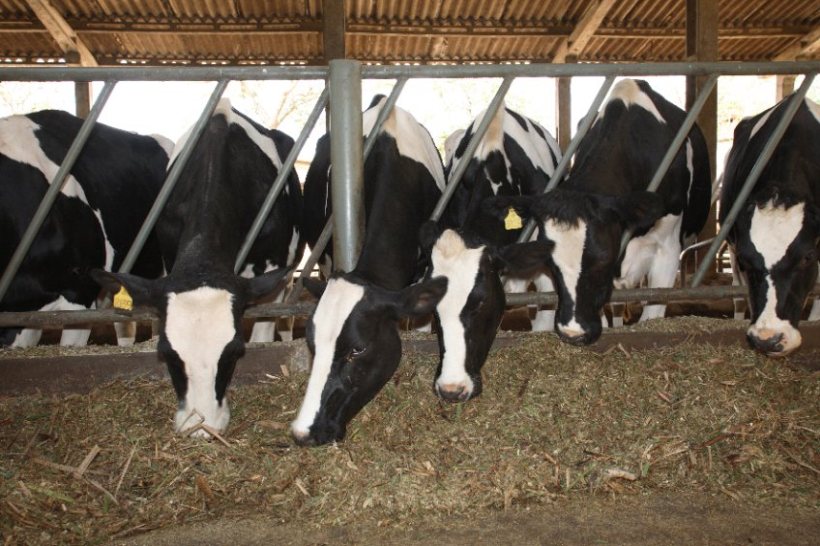
A new practical guide has been launched today to help dairy producers reduce the sector's emissions and reach net zero targets.
Concentrating on mitigation strategies farmers can adopt to reduce their footprint, the guide is a summary of the key aspects from a recent industry report.
In the CIEL (Centre for Innovation Excellence in Livestock) report, case studies were used to demonstrate the effectiveness of different carbon saving strategies across UK livestock systems.
The findings have been summarised in the new guide for dairy farmers, showing how emissions could be reduced if changes or further developments to current farm practices are implemented.
CIEL CEO, Lyndsay Chapman, said the dairy sector often “takes one for team ag”, with cows appearing to take the brunt of criticism for their contributions to emissions.
This is despite total emissions from UK dairy production falling by 16.1 percent between 1990 and 2020.
“Farmers are aware that we need to meet net zero targets, but we often hear the question, ’how do I play my part?’," Ms Chapman said.
"The answer is you can do plenty, with relative ease of implementation and low cost, for example - by improving business and herd efficiency, making small tweaks to every-day management, and focusing on the successes."
She added: "The key is knowing where to start and taking the first step.”
The guide highlights how making management changes to reduce age at first calving, optimising feed efficiency, making use of specialised feed additives, and using carbon auditing tools are some areas of focus that can have an impact on emissions.
“None of this is new to dairy farmers but we know these changes can make a difference from the mitigation strategies we put to the test as part of our latest net zero report,” Ms Chapman said.
CIEL’s modelling work found that for a high-yielding dairy herd, making improvements to age at first calving, incorporating the use of a dietary methane inhibitor (30% effectiveness) and introducing forestry sequestration, the farm in question saw a 17% reduction in their carbon footprint.
For a lower-yielding, spring calving dairy herd, the combined effect of the dietary inhibitor, selling surplus heifers, plus improved grassland productivity and forestry sequestration, resulted in a 31.5% reduction in the farm’s associated carbon footprint.
“And critically, in both cases, this was not achieved by reducing milk production,” Ms Chapman explained.
“Although this can feel like a daunting task, if we pull together as an industry and utilise the R&D available, we can work towards our shared net zero ambition."
The four-page guide on how dairy farmers can reduce emissions is available on the CIEL's website.
